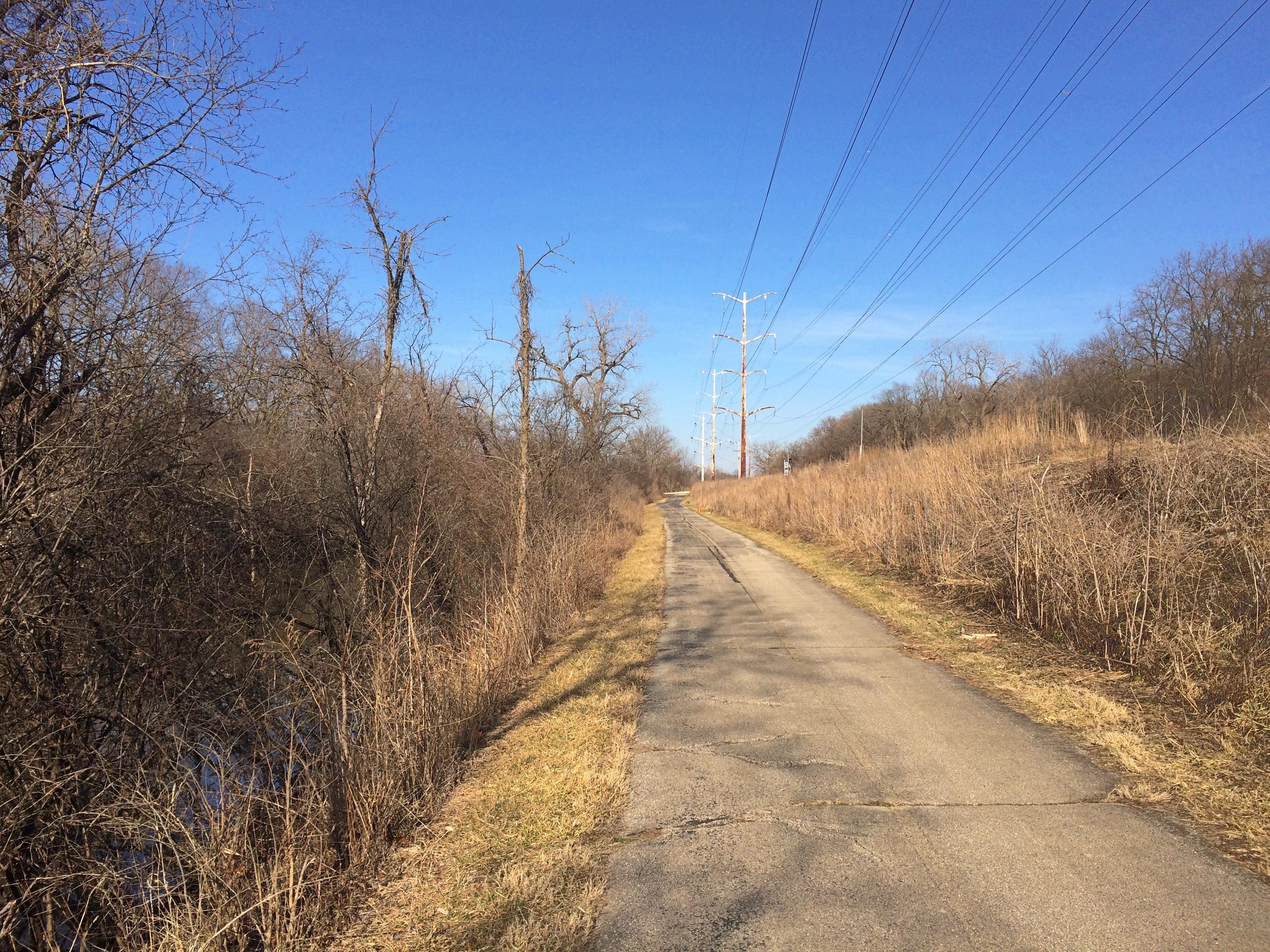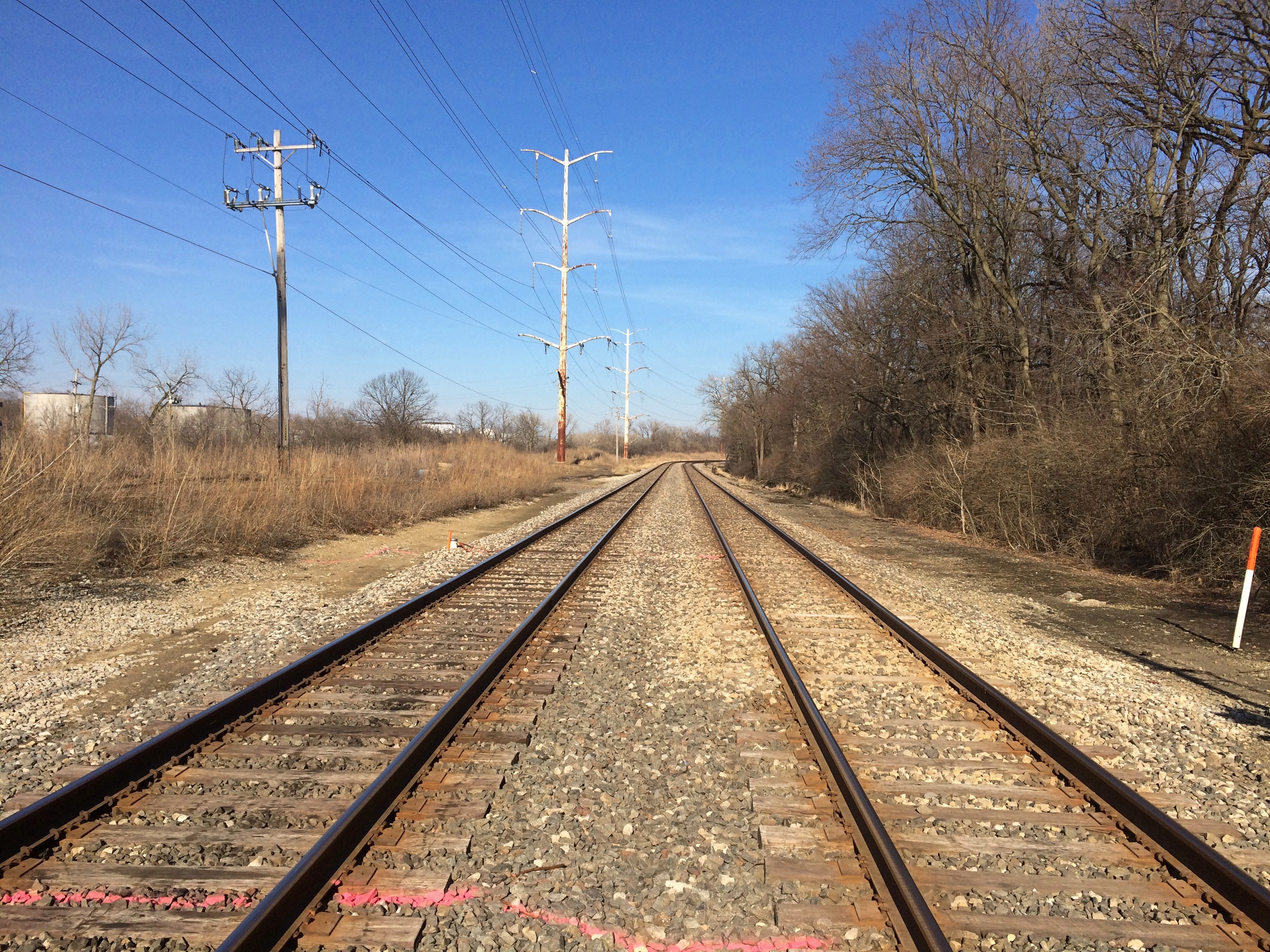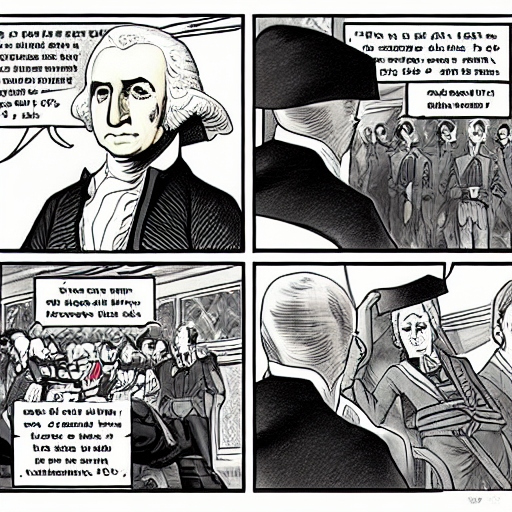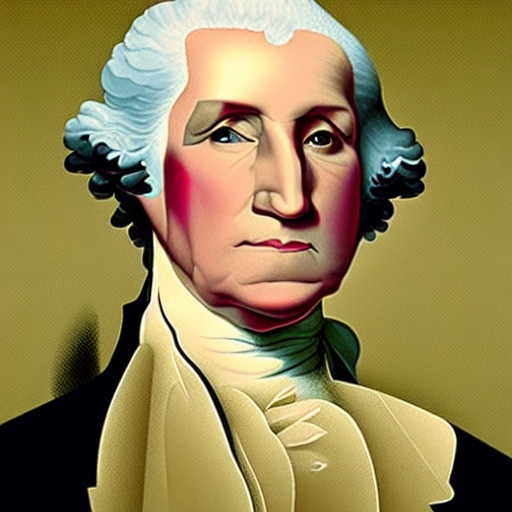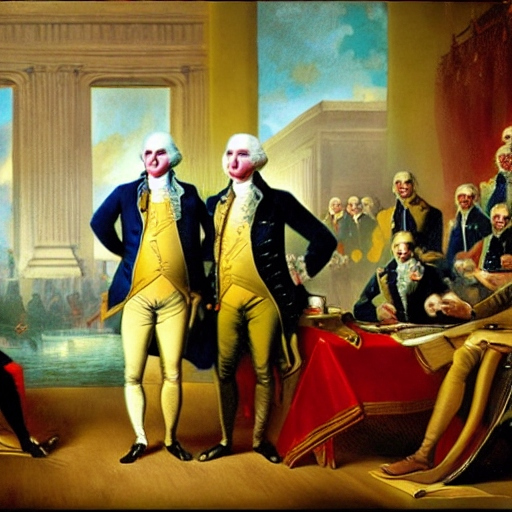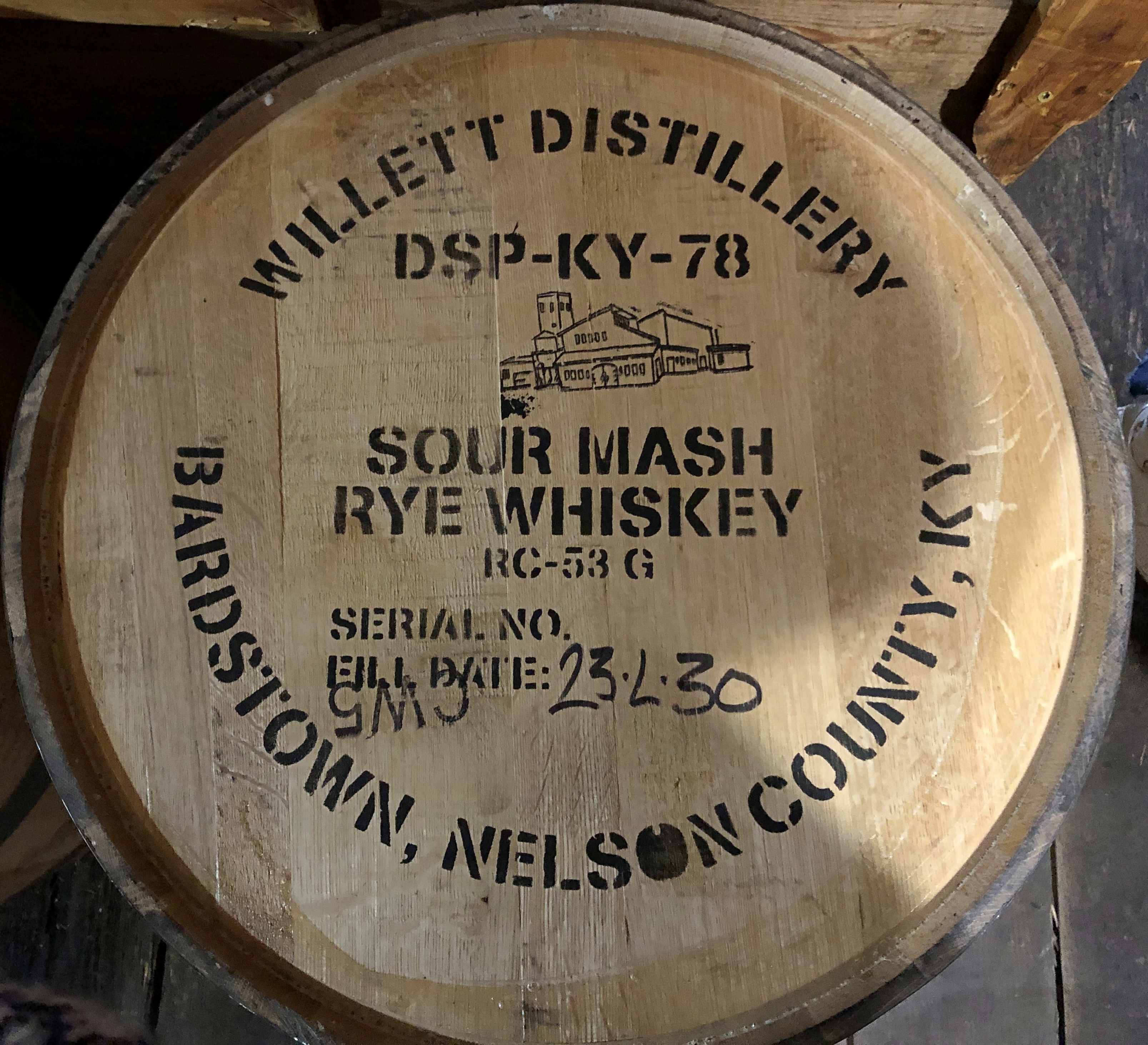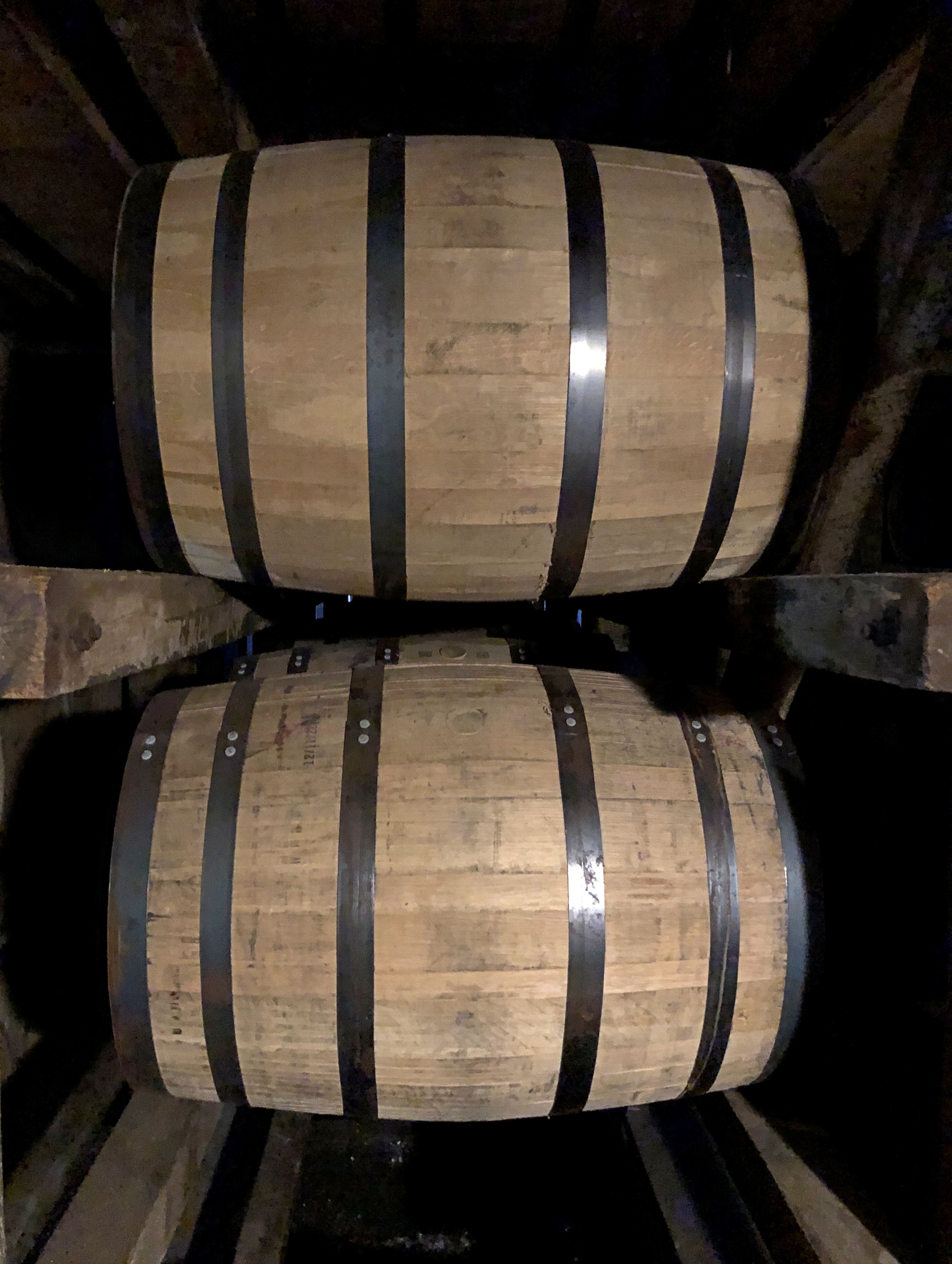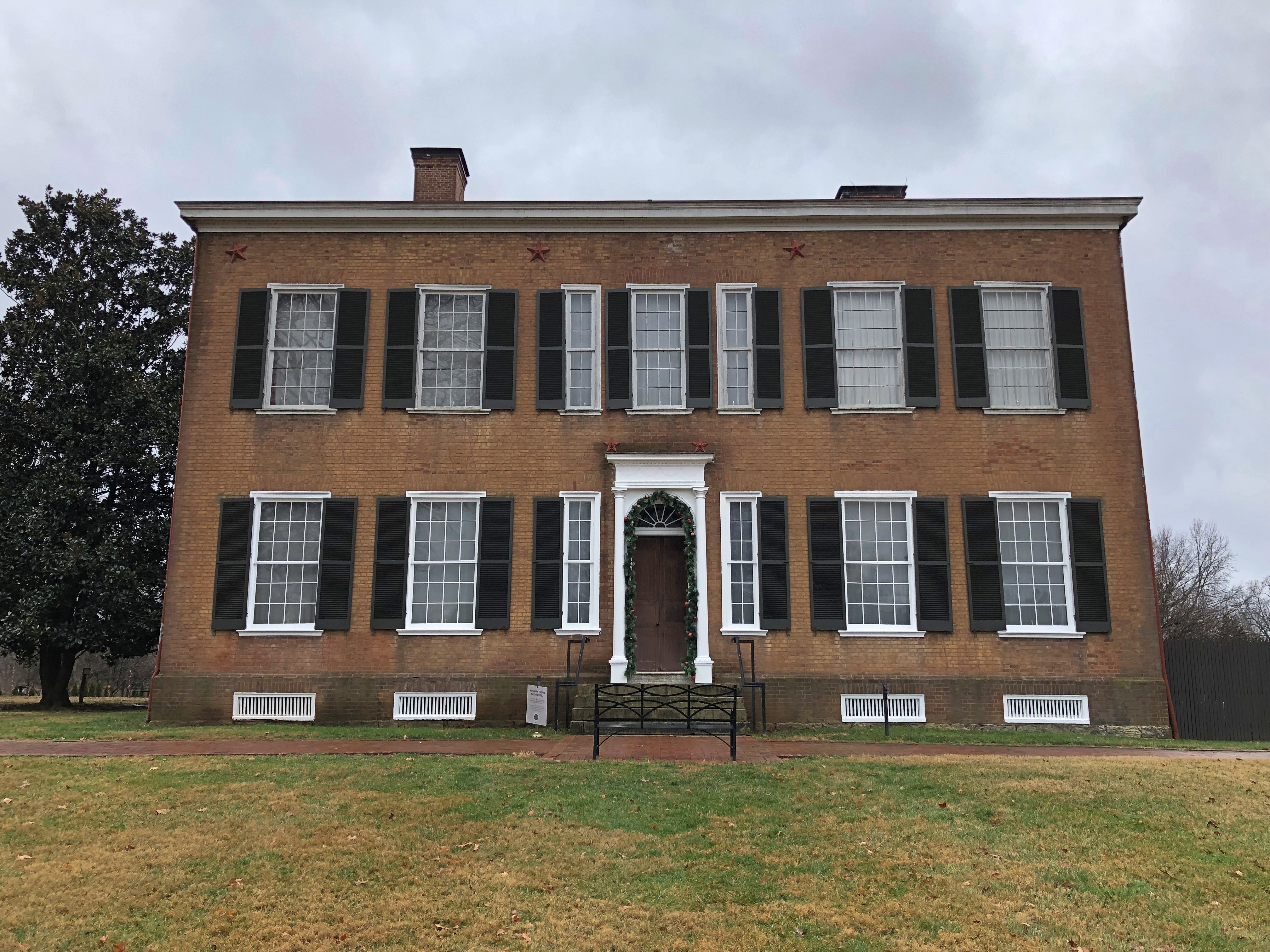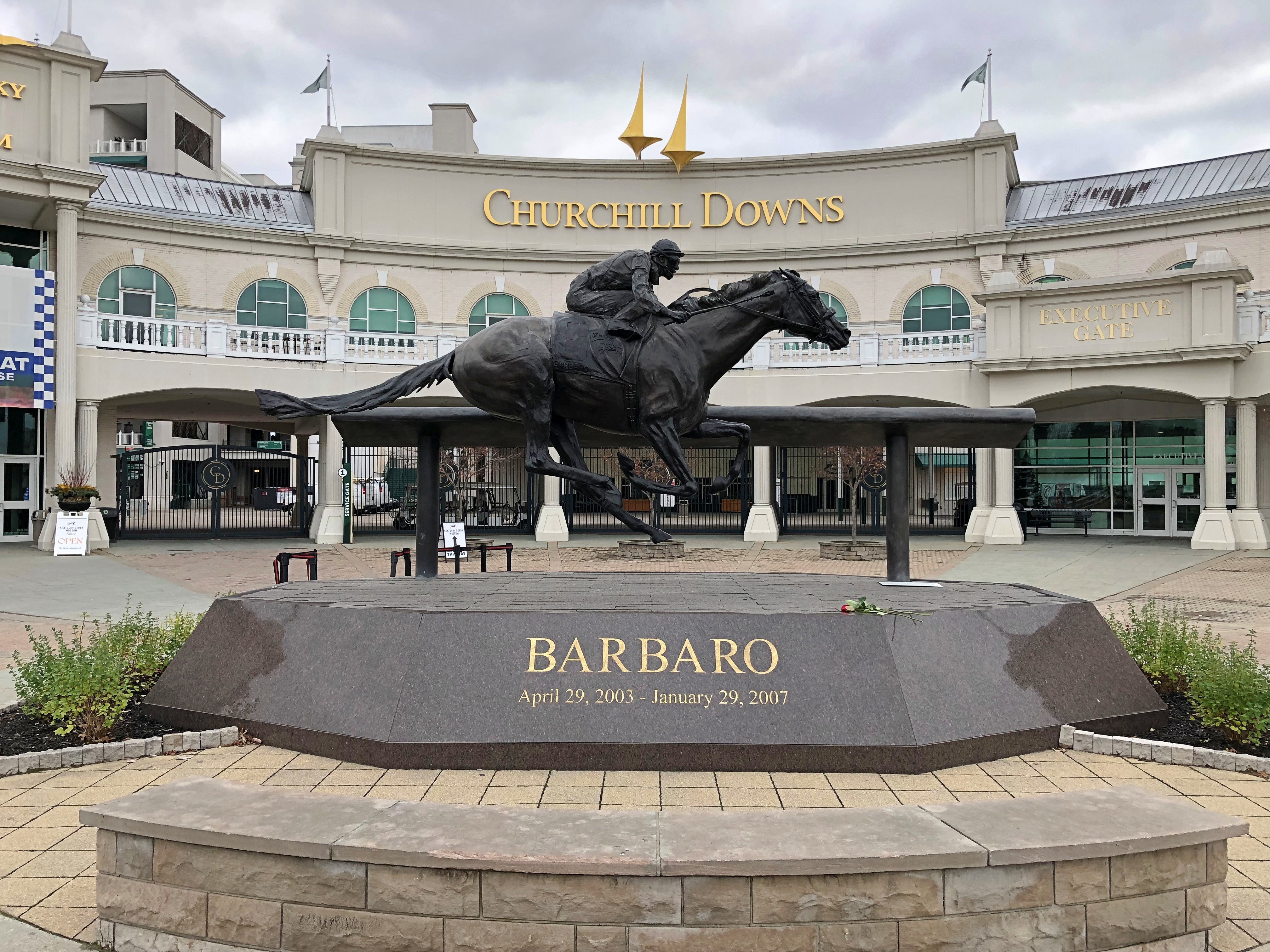Deep cold these last few days, so we passed the time, including the MLK holiday, in 21st-century central heated space, that is, home. Filed papers, hauled my boxes of postcards out of the closet for a look and a touch of reorganization – not to the point of being highly organized, though – and removed ornaments and lights from the Christmas tree and in one brief expedition into the frozen waste of our back yard, deposited the tree out there.
Should I burn it? Makes a glorious flame, if only for a few seconds. We shall see.
Wonder when the owner of this vehicle removed the Nativity.
Whenever that was, I have to say that I’d never seen that familiar display in this unusual location. For all I know, however, it could be the next big thing in honoring the First Christmas.
We spotted Bethlehem on wheels in east Louisville on the evening of December 29. The next morning we made our way to Main Street in downtown Louisville; and we returned to the area just before we left town on the morning of New Year’s Eve. Some blocks are exceptionally handsome.



The valuable facades of these pre-Great War vintage buildings look to be, in some cases, saved for later development behind them. Maybe mixed-use, largely residential but also specialty retail. I could imagine that outcome.
Not all of the street features refurbished leftovers from the late 19th century. Rising at W. Main and 5th Street is a behemoth occupied by a for-profit healthcare behemoth, the Humana Building. Designed by Michael Graves in 1985. Look up postmodern and I think you’d see an image of this building.
The structure is such a behemoth that it was impossible to get the building all within a shot, standing across the street from it. Still — something of a bird of prey vibe, seems like. Mecha-Owl?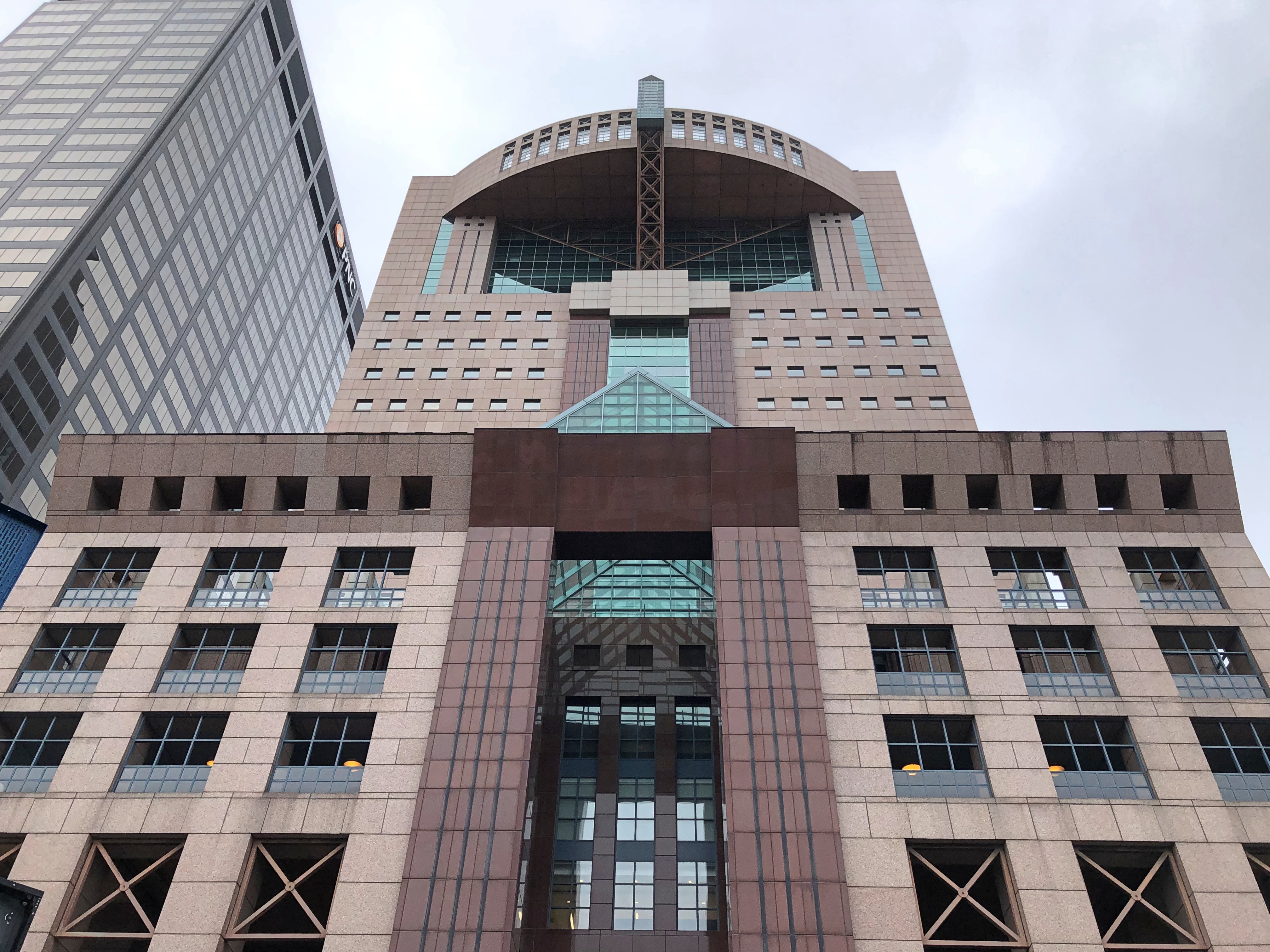

It stands on the site of the Kenyon Building, pictured here in 1927.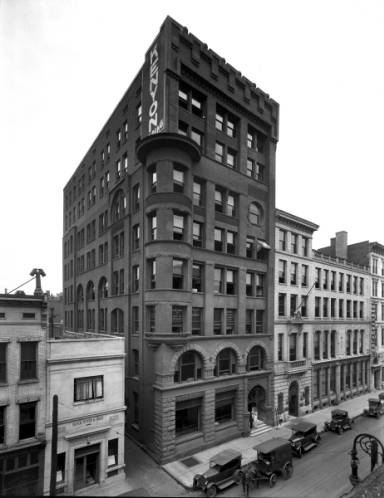
The Kenyon itself no doubt replaced earlier, smaller structures. Louisville emerged as a city with rapidity in the early 19th century, with Main its first focus.
“West Main Street was the first street in the city,” Louisvilleky.gov notes. “The first businesses to line West Main Street included an attorney, grocer, boardinghouse, auctioneer, merchant, carpenter, tailor, shoemaker, tobacco inspector, blacksmith, engineer, physician, hatter, tallow chandler, barber, painter, upholsterer, insurance company, plasterer, druggist, and brewer.”
How many of those professions remain on Main Street? I’m not going to do anything like work to find out, but my guess would be attorneys and insurance companies, certainly, maybe an engineer or two, some physicians, and merchants, depending on how you define that. Very likely no blacksmiths, hatters or tallow chandlers.
In our time, Main is also a street of some curiosities. Such as Jane Fonda in microgravity.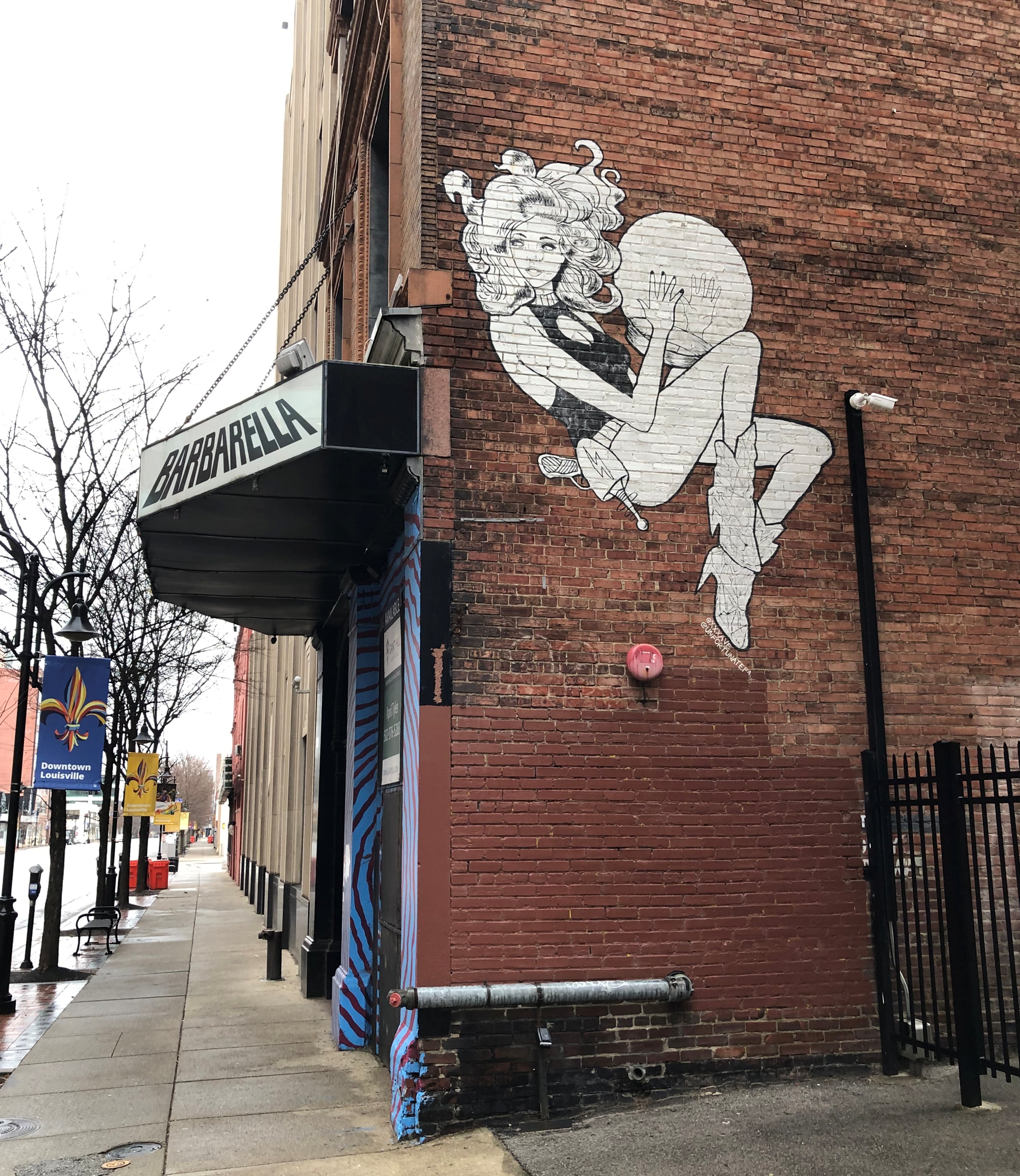
Nightspot Barbarella apparently didn’t survive the pandemic. This is the entirety of the last note from Barbarella on Facebook (October 5, 2021): “Permanently closed bitches!!! Loved y’all. It was a wild ride. But the roller coaster has come to an end!” 

That last image is the Metropolitan Sewer District 4th Street Flood Pump Station, since 2022 adorned with a mural called “Hope Springs – The Wishing Well” by local artist Whitney Olsen. The linked press release also makes mention of the recently completed, fully invisible tunnel under the city — the Waterway Protection Tunnel, four miles long and 18 stories below ground, to capture surges of storm water. I’m no engineer, but that sounds pretty impressive
A more-or-less empty plaza, formally called Riverfront Plaza/Belvedere, extends from Main to a view of the Ohio. Part of the plaza is built over I-64.
Off in the distance an outline of a statue is just barely visible from Main. I imagined that the statue honored Muhammad Ali. As long ago as 1978, the city renamed a major downtown street after him, though not without resistance that’s completely unimaginable now; and the sizable Muhammad Ali Center is also downtown.
But no: the 1973 work is much more traditional, honoring Louisville founder George Rogers Clark, who has, of course, a larger memorial elsewhere. (The Ali Center is in the distance behind him in my image.)
Felix de Weldon did the statue. He’s better known for the Marine Corps War Memorial (Iwo Jima Memorial) at Arlington National Cemetery and, interestingly, he also did the Malaysian National Monument (Tugu Negara) in Kuala Lumpur. I have a vague memory of seeing that, in wilting tropical heat. Weldon did much more over a long life. His partial listing of public sculpture on Wiki begins with King George V in 1935 and ends with another sort of king, Elvis Presley, in 1995.
The George Rogers Clark bronze dates from 1973, but there is another more recent statue on the plaza: York, the only black member of Lewis and Clark’s expedition and as such the first African-American known to cross the continent, in a 2003 work by Ed Hamilton.
Coming to the Corps of Discovery as Clark’s personal slave, York has quite a story, and an especially awful one after the expedition returned, only much recognized in recent decades (see 37:23 and after in this lecture). No doubt York would have preferred freedom after the trek to the Pacific and back was over, instead of honors 200 years later, but the former isn’t in anyone’s power these days, while the latter is.
The plaza also offers nice views of the Louisville skyline. The Galt House hotel is a whopper: at 1,310 rooms, reportedly the largest in Kentucky, plus 130,000 square feet of meeting space and six restaurants. Developed in the 1970s, the hotel bears a name that’s an homage to a series of earlier hotels called Galt, one with a particularly colorful history that was the site, in ’62, where one Union general offed another Union general with a pistol shot at close range.
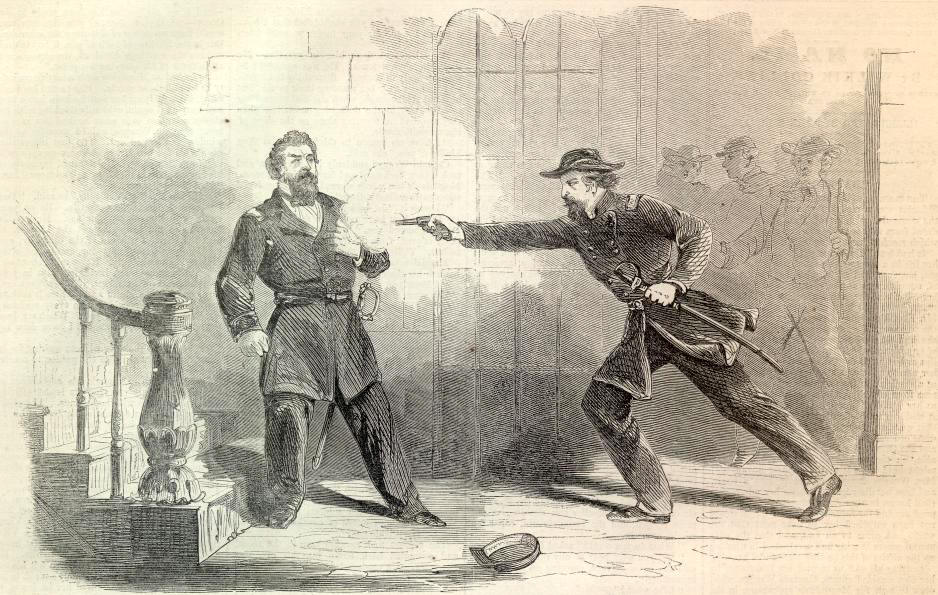
THE MURDER OF GEN. NELSON. ON page 669 we publish an illustration of the ASSASSINATION OF GENERAL NELSON BY GENERAL J. C. DAVIS, which took place ten days since at Louisville. Our picture is from a sketch by our artist, Mr. Mosler, who visited the spot immediately after the affair.
Even more remarkably, the Galt is owned by a single family, not an transnational. A single, sometimes quarreling family, but there isn’t so much remarkable about that.
The 35-story 400 Market, with the domed top, is the tallest building in Louisville.
Look the other direction and spy the mighty Ohio.

Stairs lead from the plaza down to a riverfront park developed in the 1990s, but late December wasn’t a good time for such a stroll, even though the drizzle had abated by the last day of the year. Some other warmer time, perhaps. Whatever the merits of that park, I doubt that it can erase the fact that the Robert Moses gash that is I-64 largely cuts downtown Louisville off from the river – the very reason there is a city in the first place.
Main Street plaques, along with metal bats, honor baseball players along the way.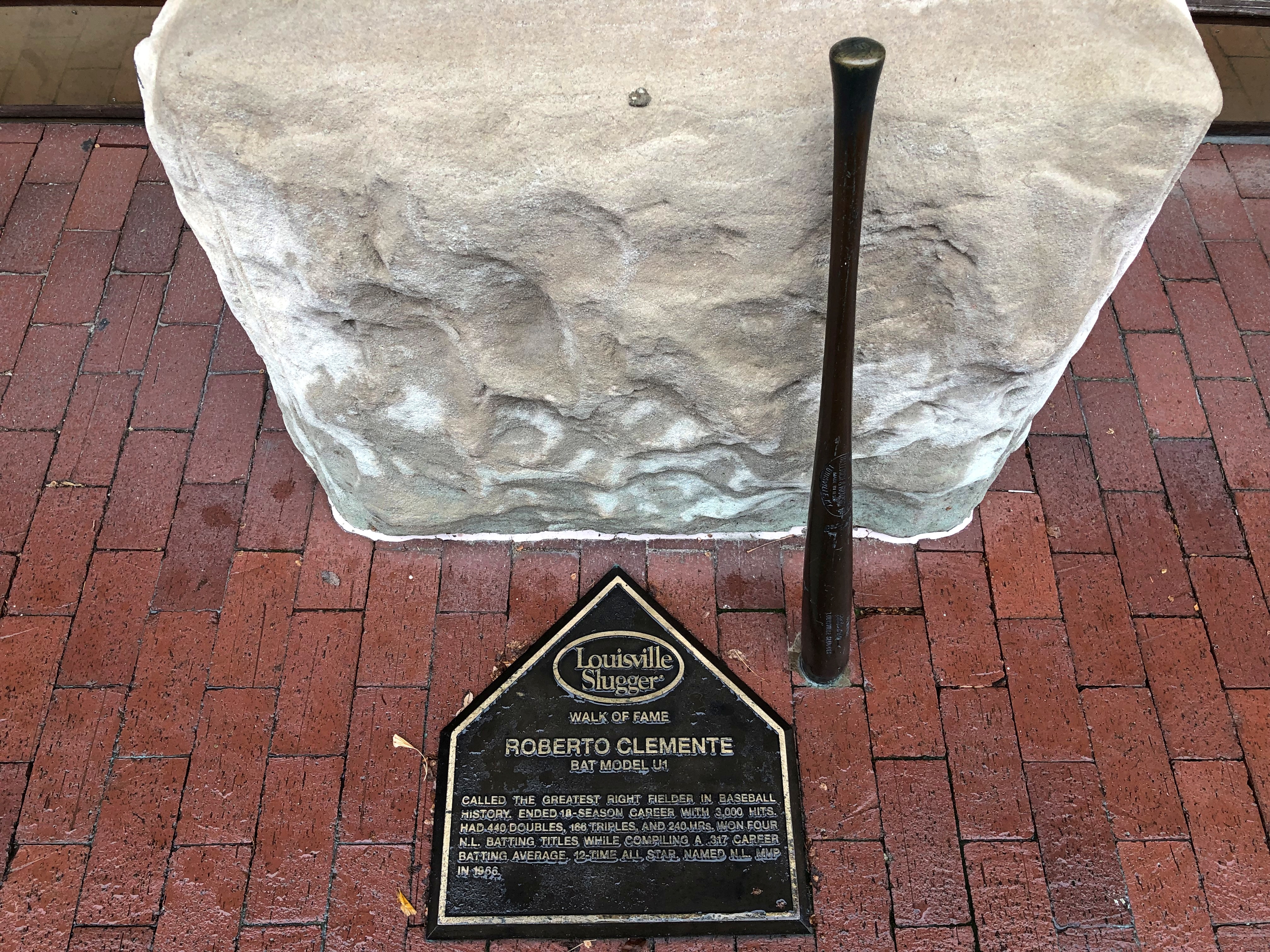
Roberto Clemente is one of 60 honorees in the Louisville Slugger Walk of Fame, which stretches on sidewalks from the Louisville Slugger Museum & Factory on Main St. to Louisville Slugger Field a little more than a mile away. We decided not to visit the baseball bat factory itself, which includes the world’s largest baseball bat (bigger than “Batcolumn in Chicago? Yes, by 19 feet.). Still, we walked by a few other bronze bats and home plates embedded in the sidewalk.
Is Chico Escuela is among the honored? I have to wonder. He should be. Considering that he’s fictional, the plaque wouldn’t have to bother with tedious stats. All it would have to say (naturally) is, “Baseball been barra, barra good to me!”
